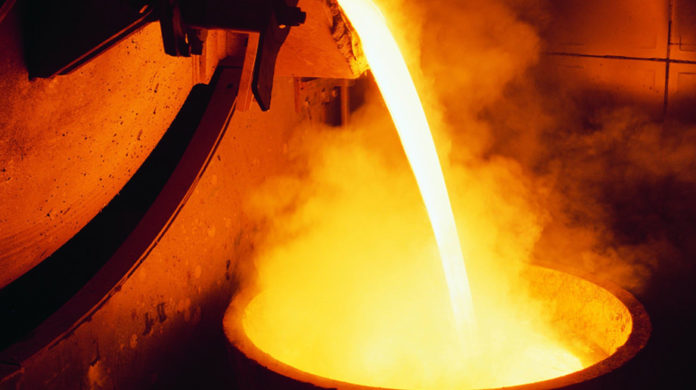
THE cash keeps rolling in for South Africa’s platinum group metal (PGM) producers.
Royal Bafokeng Platinum (RBPlat) today announced record interim profits owing to a healthy lift in production and a 50% improvement in the average rand-denominated 4E PGM to R42,600 per ounce for the six month period – a factor that will be a repeating theme for the South African PGM mining sector as Sibanye-Stillwater, Northam Platinum, and Impala Platinum are yet to report their financial numbers.
Despite the record performance, RBPlat kept to roughly the same dividend of its maiden announcement in February when it paid 575 cents per share. Today’s payout was for an interim dividend of 535 cents – equal to R1.5bn – on the back of headline share earnings of 1,831.9 cents (2020: 335.3 cents/share).
The company’s CFO, Hanré Roussouw, said in March he wouldn’t be swayed from a course of financial discipline by the buoyant market which could correct in a flash and leave RBPlat exposed. Before the maiden dividend in February, RBPlat had spend several years of being heavily constrained as it battled to complete the R13.7bn Styldrift phase one project.
RBPlat had, however, concluded the conversion and partial buy-back of R1.2bn in convertible bonds during the six month period. Cash increased year-on-year by about R2.9bn to close on June 30 at R3.63bn.
Commenting on future dividend payments, Rossouw said there was a willingness to distribute all cash. “At the moment we have a cash buffer because of uncertainty in the market,” he said. The company wanted to keep a net debt to EBITDA ratio of 0.5x therefore provided that was maintained the interim dividend would not “steal the thunder” of the year-end payment, he added.
Headwinds
There were some headwinds for RBPlat.
Despite a 24.3% increase in PGM production to 215,300 ounces, RBPlat said it had not performed as desired operationally.
As a result, full year production guidance was reined back to a range of 475,000 to 485,000 oz which cuts back on the 525,000 oz upper end of the range forecast at the firm’s year-end results presentation in February.
Of the PGM production increase, RBPlat’s Bafokeng Rasimone Platinum Mine (BRPM) contributed 116,100 oz of 4E production, an increase of 16.4%, whilst Styldrift’s production increased by 35% to 99,600 oz of 4E.
The Covid-19 pandemic also worked against the company’s plans to commission the R75m upgrade of the Maseve processing facilities. This will only be completed in the fourth quarter rather than the third quarter as planned, and would affect recoveries of metal from UG2 ore, the company said.
Rhodium
Higher prices saw the year-on-year increase in revenue contribute R1.79bn to RBPlat’s headline earnings of R1.8bn underscoring the contribution of the current market.
Significantly, so-called minor metals played a major role in the composition of revenue with rhodium comprising 45% of total compared to 30% of total in the previous financial period. The rhodium price averaged $25,388 per ounce during the period compared to an average price of $8,463/oz a year ago.
Steve Phiri, CEO of RBPlat, said in the firm’s interim results presentation today that the PGM industry’s total rhodium supply was expected to be 18% higher at 1.1 million oz this year, almost back to 2019 levels. Most of the world’s rhodium is produced from South Africa.
The interim period was notable for the increasing influence of other minor metals ruthenium and iridium which comprised 6.1% of total revenue compared to 3% in the six months of the previous year.
Palladium, the price of which increased to $2,719/oz from $1,992/oz in the prior period, played a less influential role in overall revenue owing to the rhodium price improvements. It was 209% of total compared 30.6% previously to whilst the platinum price comprised 22.2% of revenue this year compared to 28.1% previously.
Global refined platinum production is forecast to increase by 23% year-on-year to 6.1 million oz this year while total palladium supply is estimated to increase by 8% to 9.5 million oz.









